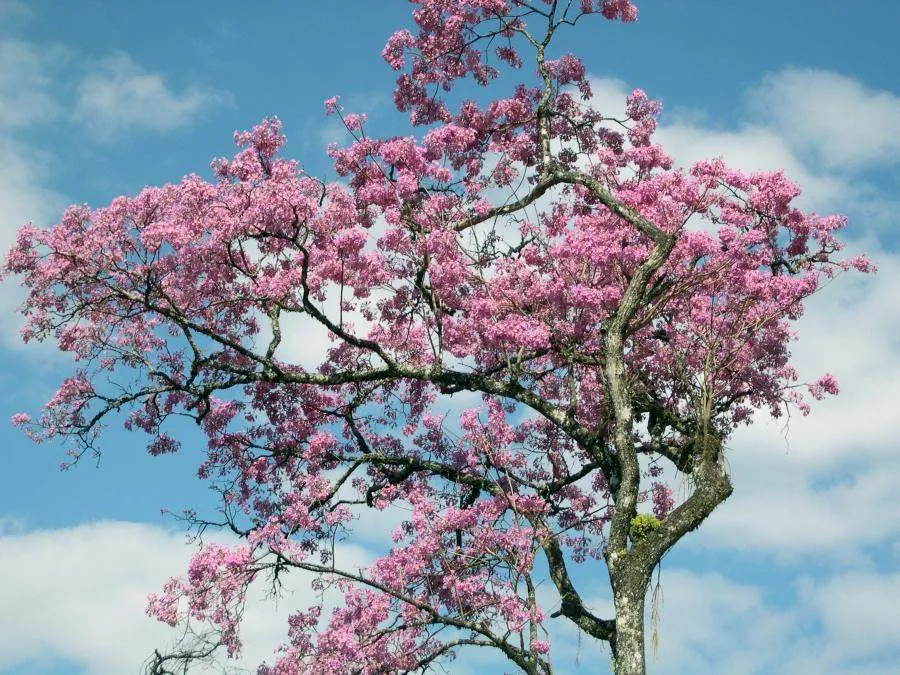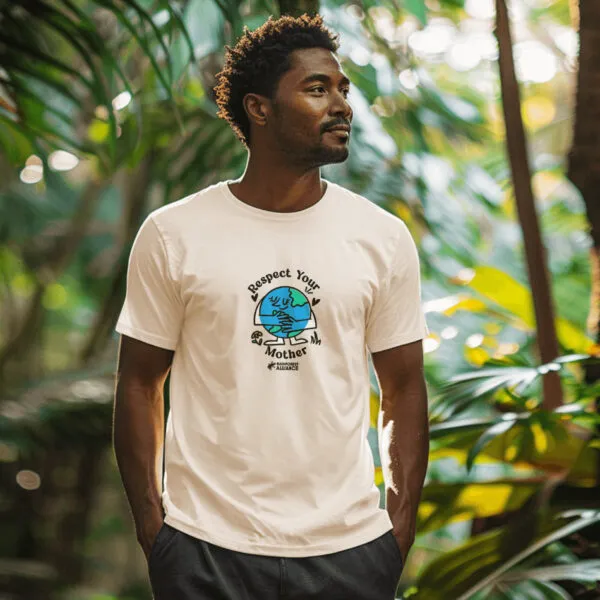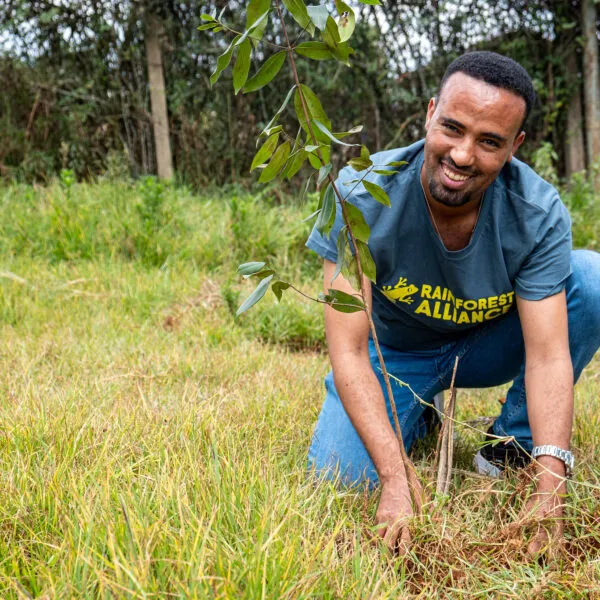It’s no secret that we need trees—much more than they need us. The air we breathe, the water we drink, and much of the food we eat all get a critical boost from trees. Not to mention, the forests they form help rebalance and regulate our global climate. While it’s difficult to choose our favorites—after all, there are more than 60,000 tree species in the world—here are just a few beautiful and important species for you to behold.
Together, we’re building a future where people and nature thrive. Sign up today and join our movement.
"*" indicates required fields
Kapok Tree
Found from southern Mexico down to the southern Amazon, as well as in West Africa, this rainforest giant can reach up to 200 feet in height. Some varieties of the kapok tree bear spines or conical thorns, giving the tree a menacing appearance. Many plant and animal species, such as frogs, birds, and bromeliads, appreciate the nooks and crannies formed by the kapok’s roots. Some indigenous communities, such as the Sani Kichwa in Ecuador, believe that the kapok tree is the father of all animals.
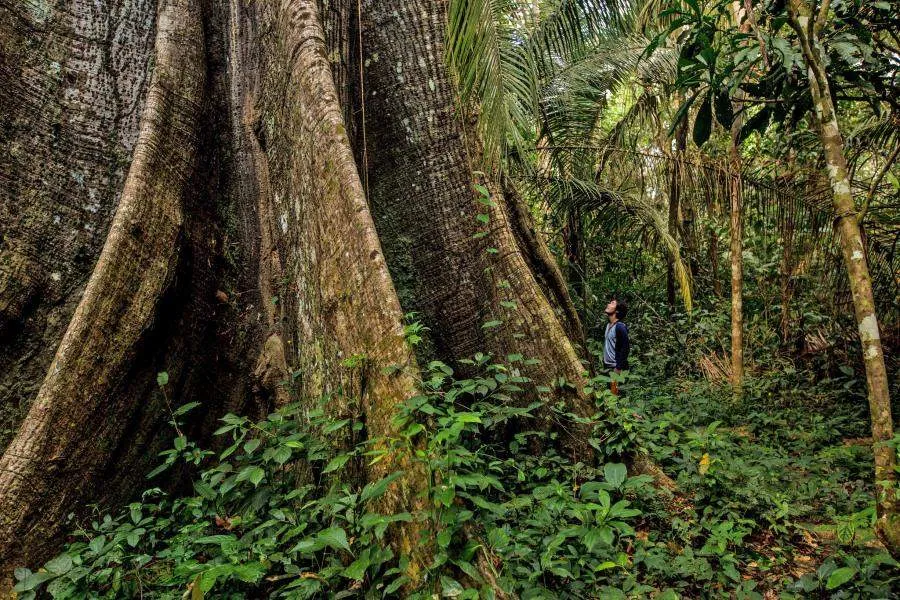
Rubber Tree
Native to the Amazon, the rubber tree provides material for everything from tires to waterproof clothing. We have the ancient Olmec, Maya, and Aztec to thank for first discovering the versatility of the tree’s milky white sap, known as latex. After approximately six years of age, the tree can be tapped for this substance by removing thin strips of bark. Once collected and dried, the latex gets processed and turns into what we call natural rubber.
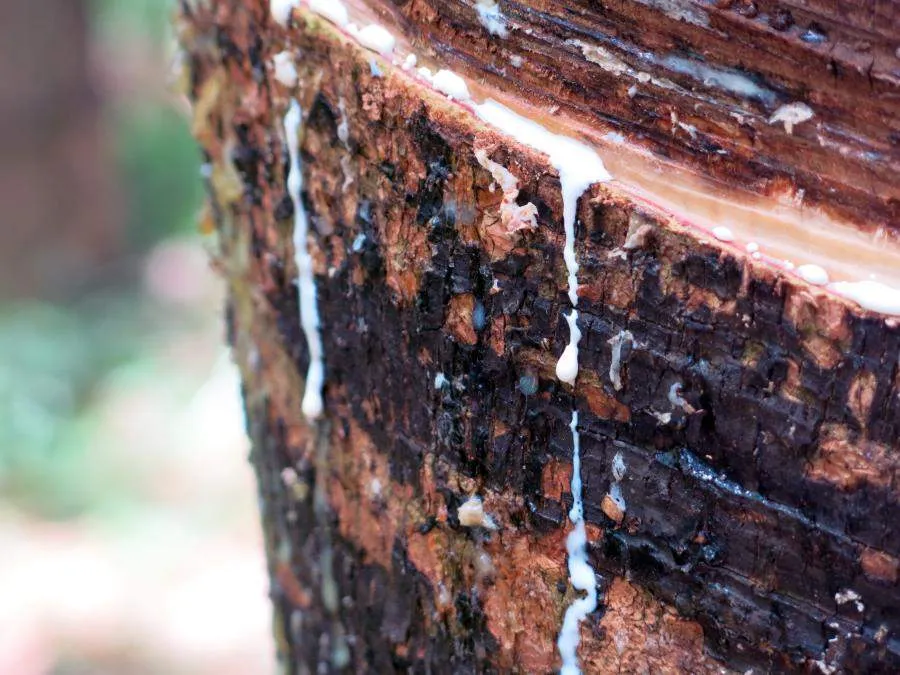
Ramón Tree
Indigenous to parts of Central America, South America, and the Caribbean, the ramón tree is typically found in abundance in these regions’ forest ecosystems—a result of its centuries-long cultivation by indigenous communities. These communities harvest the nut from the tree’s fruit, for its nutritional value. When dried, it can be stored for up to five years without spoiling, making it an important food source in regions with frequent periods of drought and food instability.
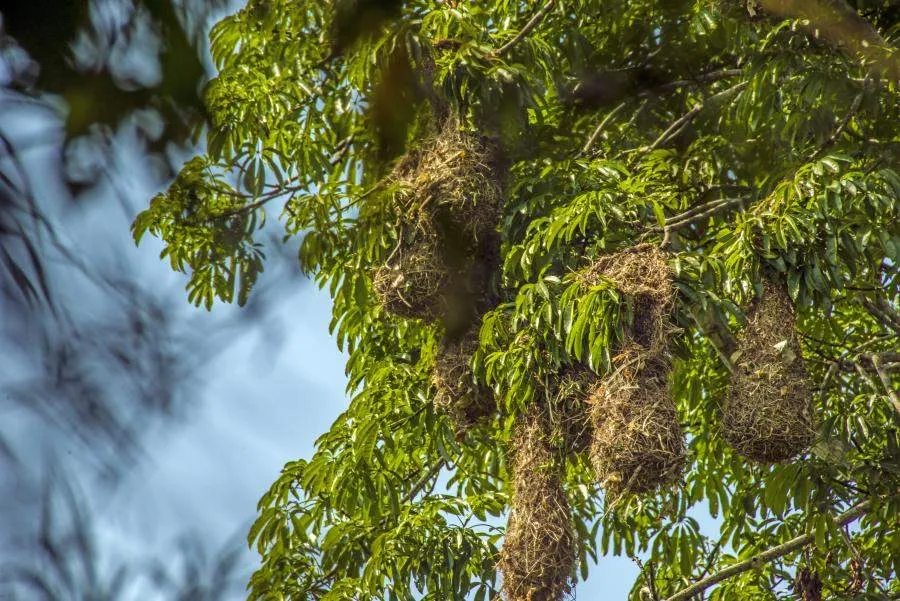
Xate
Xate (pronounced SHA-tay) are the leaves produced from three species of palms most commonly found in Belize and Guatemala. Growing in the understory of Neotropical forests, xate is commonly used in floral arrangements due to their lush appearance and their hardiness—they can last up to 45 days after being cut! By harvesting xate, these women in Guatemala’s Maya Biosphere Reserve have not only found a sustainable way to manage their forests, but also have taken on leadership roles in these enterprises.
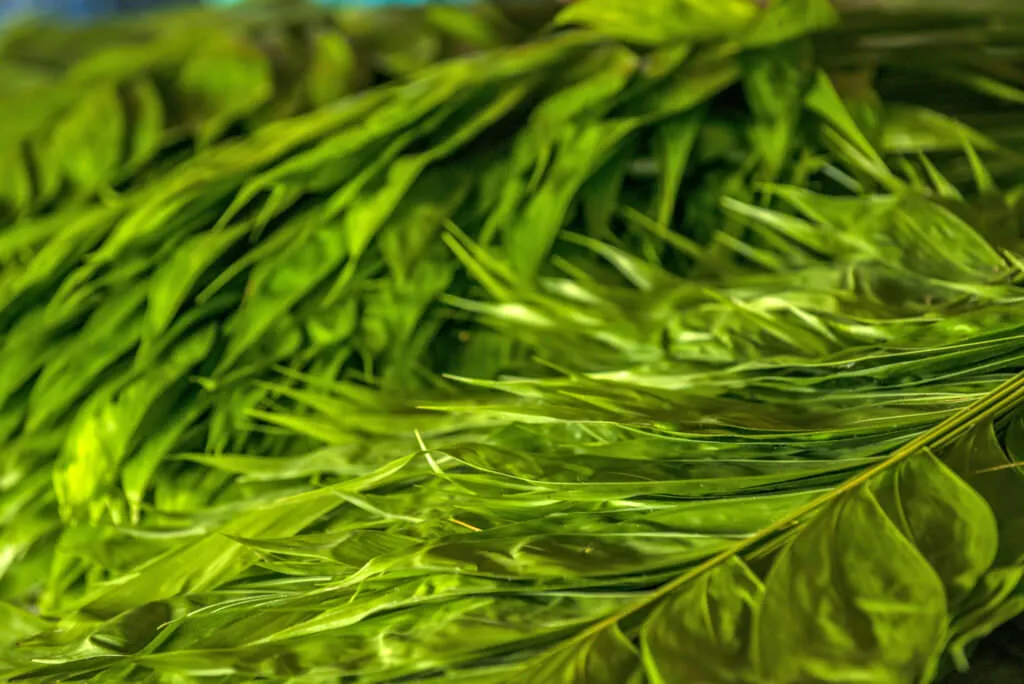
Ipê
Don’t let the ipê tree’s delicate blooms fool you. Its hard wood, which has the same fire rating as concrete and steel, is known for its resistance to attacks by fungi and insects. Its durability makes this tree, found in South America’s tropical forests, a popular option for building and construction in coastal environments.
